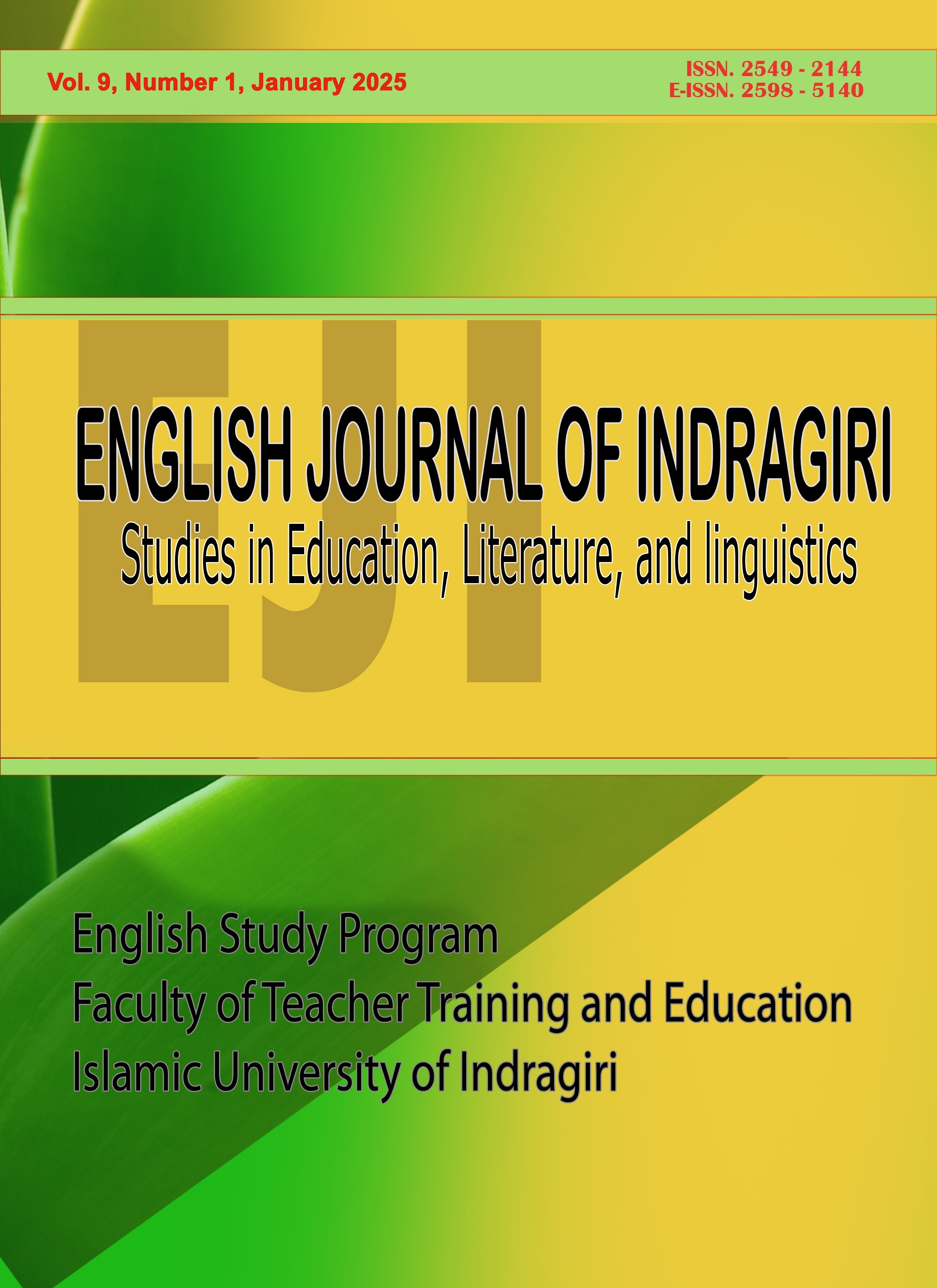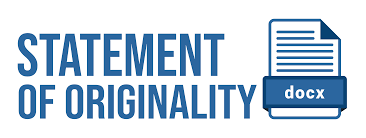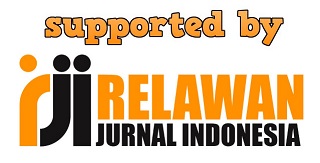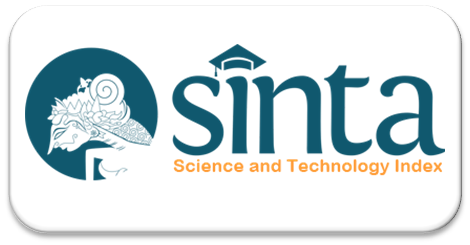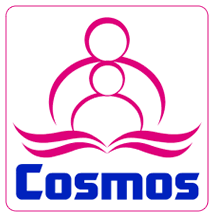Enhancing Critical Reading through Technology Integration: Exploring the Effectiveness of Digital Tools in EFL Classrooms
DOI:
https://doi.org/10.61672/eji.v9i1.2876Keywords:
Critical Reading, Technology Integration, Digital ToolsAbstract
EFL learners encounter many challenges in developing their reading abilities such as vocabulary gaps, grammatical difficulties, and cultural understanding. However, conventional instructional methodologies have demonstrated limitations to meet learning needs. This condition creating a compelling imperative for innovative technological solutions which personalize and optimize the reading comprehension learning experience. This research was intended to identify whether and to what extent Kahoot games as technology integration enhance learners ability in critical reading. The research implemented action research method. The research was conducted in one cycle which consisted of five meetings, started with pre-test, treatment, and post-test. The sample was taken by adopting purposive sample. Nine students from 2023/2024 academic year from a private public college in Pekanbaru were taken as the sample. The data were collected quantitatively by utilizing quiz feature in kahoot platform, and qualitatively by using interview. The data were analyzed by using three data analysis theory. After analyzing the data, it was found that the implementation of Kahoot as one of technology integration was able to motivate learners to enhance their ability in learning various text and make learners more enjoy in learning critical reading. However, the utilize of Kahoot was not advisable for test as it had limited time to think and synthesize information from the text. It can be concluded that the implementation of technology integration through Kahoot provided positive result in learners’ critical reading.
References
Chen, C. M., & Chen, F. Y. (2022). Technology-enhanced language learning: A comprehensive review. Computer Assisted Language Learning, 35(4), 567-592.
Chiang, H. H. (2020). Kahoot! in an efl reading class. Journal of Language Teaching and Research, 11(1), 33–44. https://doi.org/10.17507/jltr.1101.05
Grabe, W., & Stoller, F. L. (2019). Teaching and researching reading. Routledge.
Hung, Y. H., Chen, C. H., & Huang, S. W. (2017). Applying Augmented Reality to Enhance Learning: A Study of Different Teaching Materials. Journal of Computer Assisted Learning, 33(3), 252-266.
Ismail, M. A.-A., & Mohammad, J. A.-M. (2017). Kahoot: A promising tool for formative assessment in medical education. Education in Medicine Journal, 9(2), 19–26.
Kapp, K. . (2012). The Gamification of Learning and Instruction: Game-based Methods and Strategies for Training and Education (1st editio). Pfeiffer.
Liu, P. L., & Chen, C. J. (2021). Digital tools and reading comprehension: A meta-analysis. Reading Research Quarterly, 56(2), 245–267.
Lona, J. (2017). Kahoot. The School Librarian., 65(2).
Maspufah. (2019). Improving Students’ ReadingSkillThrough the Use of ReciprocalTeaching Technique. J-SHMIC : Journal of English for Academic, 6(1), 26–32. https://journal.uir.ac.id/index.php/jshmic/article/view/2639/1543
Medina, E. G. L., & Hurtado, C. P. L. (2017). Kahoot! A digital tool for learning vocabulary in a language classroom. Revista Publicando, 4(12), 441–449.
Miles, Matthew B, Huberman, A, Michael and Saldana, J. (2014). Qualitative Data Analysis: A Method Source Book. In Sage Publication Inc (Third Edit). Sage Publication.
Owen, H. E., & Licorish, S. A. (2020). Game-based student response system: The effectiveness of Kahoot! On junior and senior information science students’ learning. Journal of Information Technology Education: Research, 19, 511–553. https://doi.org/10.28945/4608
Downloads
Published
Issue
Section
License
Copyright (c) 2025 Maspufah, Yeni Afriyeni, Diana Zuriati

This work is licensed under a Creative Commons Attribution 4.0 International License.

